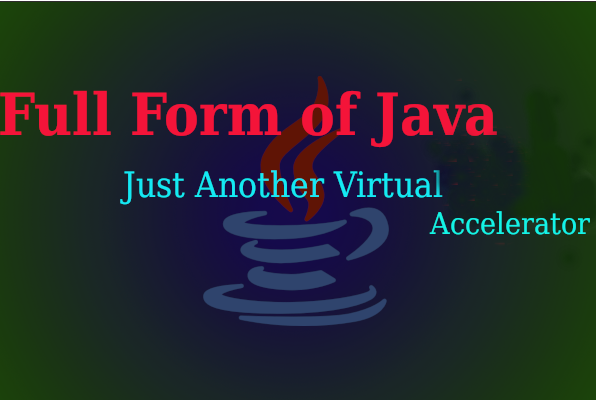

- #Name of java visualizer how to#
- #Name of java visualizer software#
- #Name of java visualizer code#
- #Name of java visualizer download#
This tool is intended to help you debug and understand your code, and is integrated into IntelliJs Java debugger. The library (which includes a viewer) is open source and, together with detailed documentation, can be downloaded from. The plugin contains a built-in version of the Java Visualizer, a tool similar to the Python Visualizer you may have used to CS 61B. Hello Everyone A Java Visualizer is basically used to observe memory and output that the program executes or carries out.
#Name of java visualizer software#
Thus, when developing software for mzIdentML, programmers no longer have to support multiple MS data file formats but only this one interface. The resulting flame graph uses: green Java, yellow C++, red user-mode native, orange kernel. Ive also used -all, which includes all annotations that help use separate colors for kernel and user level code.
#Name of java visualizer download#
For more information, including links to download an executable JAR file, see the website. It also parses IOStat files, IBM verbose GC logs, Perfmon CSV data and JSON data. As a key functionality, all parsers implement a common interface that supports the various methods used by mzIdentML to reference external spectra. Since this profile included Java, I used the -colorjava palette. NMON Visualizer is a Java GUI tool for analyzing NMON system files from both AIX and Linux. mzIdentML files do not contain spectra data but contain references to different kinds of external MS data files. The library is optimized to be used in conjunction with mzIdentML, the recently released standard data format for reporting protein and peptide identifications, developed by the HUPO proteomics standards initiative (PSI). Knowrob_cad_models/owl/knowrob_cad_ here present the jmzReader library: a collection of Java application programming interfaces (APIs) to parse the most commonly used peak list and XML-based mass spectrometry (MS) data formats: DTA, MS2, MGF, PKL, mzXML, mzData, and mzML (based on the already existing API jmzML). To make this work, you need to specify the path to the model as a property of the respective instance or class, see the lower part of this file for an example: We are currently switching to a more flexible system based on CAD models (e.g. $ roscd mod_vis/src/de/tum/in/fipm/kipm/gui/visualisation/items

We currently have two ways to define how an item is to be visualized: the legacy version used custom Java classes that draw the item to the visualization, see here: The visualization module only supports a subset of these classes. $ rosrun mod_semantic_map SemanticMapToOWL list You can get a list of all object classes in KnowRob using the following command:
#Name of java visualizer code#
If the identifiers do not match, you need to create a mapping at some point if you use the conversion service, the easiest place would be to have the mapping in your code for now. The object type that you get from the perception system indeed corresponds to the object class in KnowRob. The probably easiest way to get a valid OWL file is to use the SemanticMapToOWL ROS service described here: If you do not want to use the service, you can still have a look at how the OWL is generated using the OWLAPI, but since the internal object representation is quite a complex thing, I'd recommend to start with that service.
#Name of java visualizer how to#
My question is, how to store the object name as a class in semantic map (along with name, position and size, of course) and visualize the map correctly? In my understanding, the object name I got from /objects_database_node/get_model_description is the class of this object, and this may not be a valid type for visualization module.(Actually I am not familiar with OWL API right now, and I haven't create a semantic map by OWL API that can be visualized in knowrob visualization tool, I traced the code of SemanticMapEditor in mod_semantic_map package, but it's kind of difficult for me.) Now I already finish the perception part and recognition part, and I want to store the data I got in a semantic map file(For example, if I got only one object perceived, I will store class, individual name, position, size in my semantic map).

(so my semantic map file format must fit what this tool need) Use visualization module provided by knowrob to check the result

Use OWL API to store the data in a semantic map file Send service request to /objects_database_node/get_model_description to get object name Send service request to /object_detection to get object_id, Use kinect to get point cloud data of a scene Hello, I am writing a semantic map application to learn how it works.


 0 kommentar(er)
0 kommentar(er)
